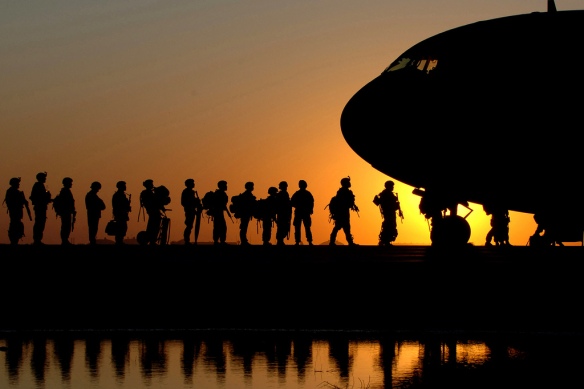This post originally appeared at The Rogue Adventurer.
On October 2nd the armed wing of Palestinian Islamic Jihad (حركة الجهاد الإسلامي في فلسطين), the al-Quds Brigades, took to the streets of Fatah in Southern Gaza to mark the 17th anniversary of the assassination of Fathi al-Shaqaqi. Shaqaqi was assassinated in Malta by the Mossad in 1995. Each year, the al-Quds Brigades take to the streets for a military parade to mark the event, brandishing a variety of arms and carrying all manner of banners and flags. This year’s parade, however, was a little different, and held some interesting items for those of us following the spread of various small arms. Amongst the usual assortment of Russian AKMs & Eastern Bloc copies, Chinese Type 56 variants, PKMs, and RPG-7 variants and copies were two far less common weapons: the F2000 and AK-103 assault rifles.


